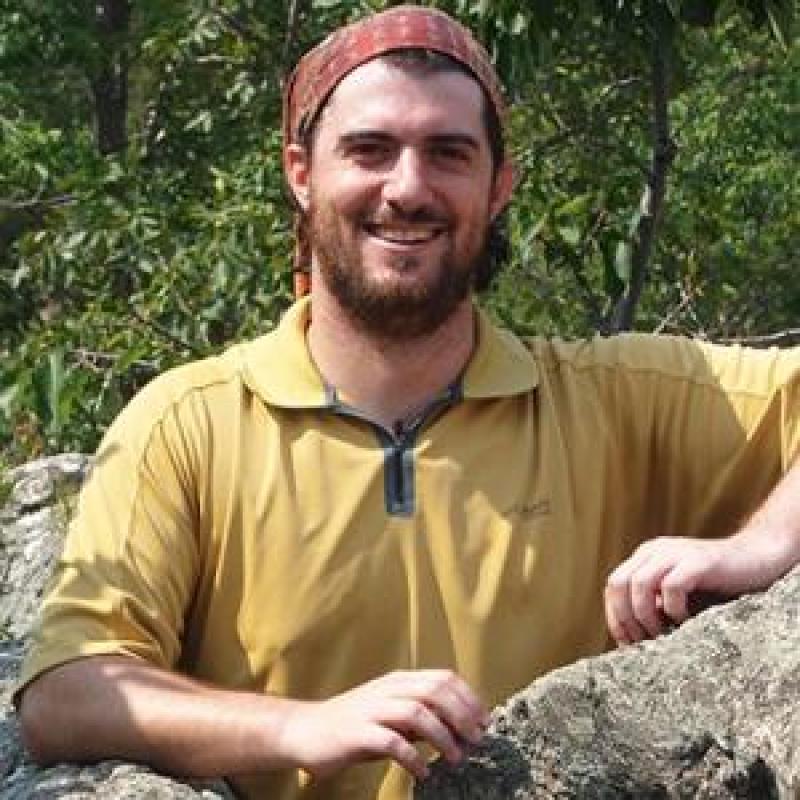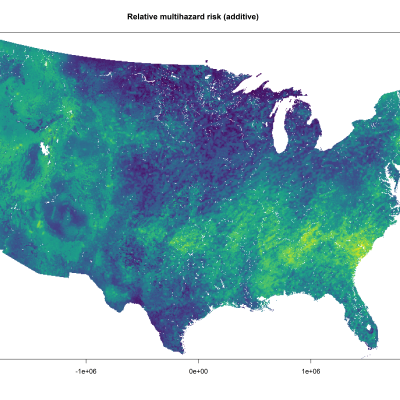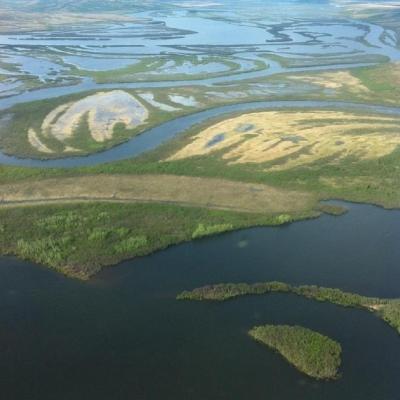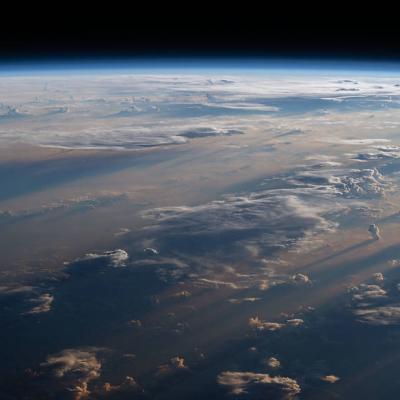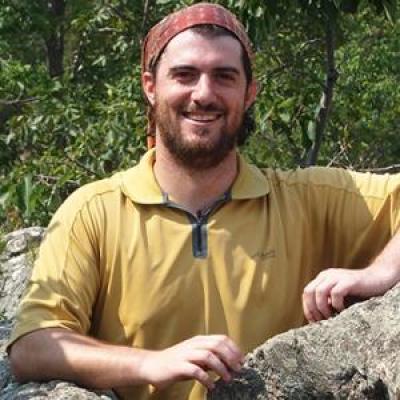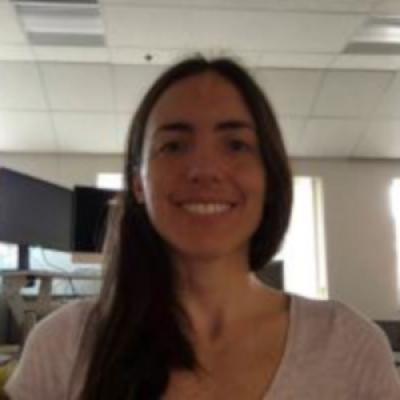Matthew Rossi is a geomorphologist who recently joined the Earth Lab team as a Post-Doctoral Research Scholar in the research area of Erosion. He received his B.S. in Geology from the College of William and Mary (2003) and his Ph.D. in Geological Sciences from Arizona State University (2014). He came to CU-Boulder from Northwestern University where he served as a Visiting Assistant Professor in the Program in Environmental Sciences. His research focuses on developing quantitative understanding of the processes and process interactions that control the shape of Earth’s surface and is motivated by a desire to explain how landscapes record and respond to climatic and tectonic forcing. Toward this end, his research at Earth Lab examines the roles of soil production, vegetation dynamics, and hydrometeorology on the pace and pattern of debris flows and flooding. To do this work, he integrates space-borne and air-borne remote sensing with ground-based observations and numerical modeling.
